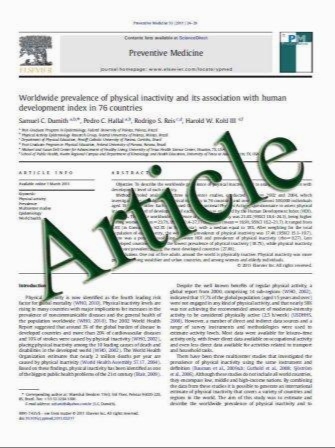Influence of ultrasound application on inlays luting with self-adhesive resin cements
- نوع فایل : کتاب
- زبان : انگلیسی
- مؤلف : Amerigo Cantoro & Cecilia Goracci & Ivanovic Coniglio & Elisa Magni & Antonella Polimeni & Marco Ferrari
- چاپ و سال / کشور: 2010
Description
The study was aimed at assessing the influence of the cement manipulation and ultrasounds application on the bonding potential of self-adhesive resin cements to dentin by microtensile bond strength testing and microscopic observations of the interface. Fifty-six standardized mesio-occlusal class II cavities were prepared in extracted third molars. Class II inlays were made using the nanohybrid resin composite Gradia Forte (GC Corp, Tokyo, Japan), following the manufacturer’s instruction. The sample was randomly divided into two groups (n=28) according to the luting technique. Half of the specimens were luted under a static seating pressure (P), while the other ones were cemented under vibration (V). The inlays were luted using the following self-adhesive resin cements: G-Cem (G, GC Corp., Tokyo, Japan) Automix (GA) and Capsule (GC); RelyX Unicem (RU, 3 M ESPE, Seefeld, Germany) Clicker (RUC) and Aplicap (RUA). Microtensile sticks and specimens for scanning electron microscope (SEM) observations were obtained from the luted teeth. The interfacial strengths measured for the cements under static pressure or ultrasonic vibration were [median (interquartile range)]: GC/V 4 (2.3–7.9); GC/P 6.8 (4.1–10.1); GA/V 3 (1.9–6.7); GA/P 1.9 (0–5.1); RUC/V 6.6 (4.6–9.8); RUC/P 4.1 (1.8–6.4); RUA/V 6.2 (2.4–10.4); RUA/P 3.4 (0–5.4). The cement formulation influenced dentin bond strength of G. RU bond strength was affected by the luting technique. SEM analysis revealed a homogeneous structure and reduced porosities for both cements as a result of ultrasonic vibration. RU benefited from the application of ultrasounds, while GC achieved higher bond strengths than GA.
Clin Oral Invest DOI 10.1007/s00784-010-0451-5 Received: 12 February 2010 / Accepted: 26 July 2010


